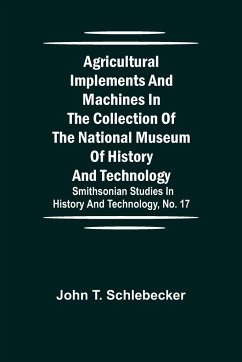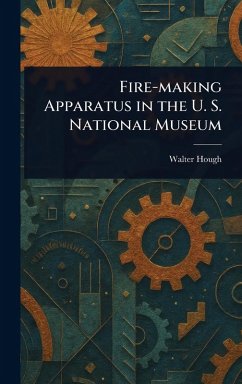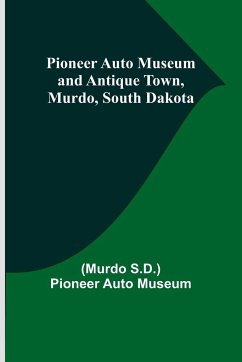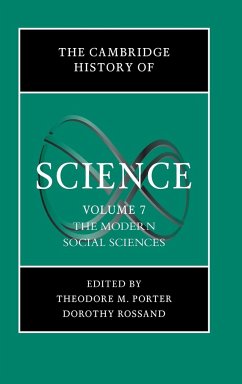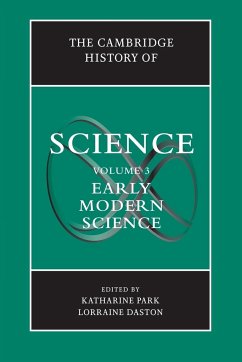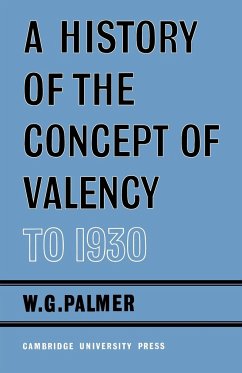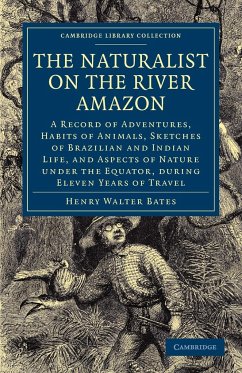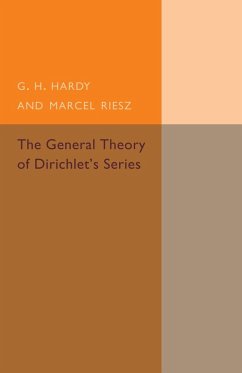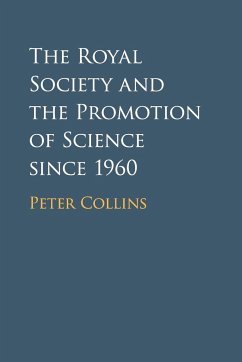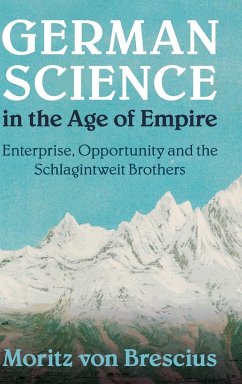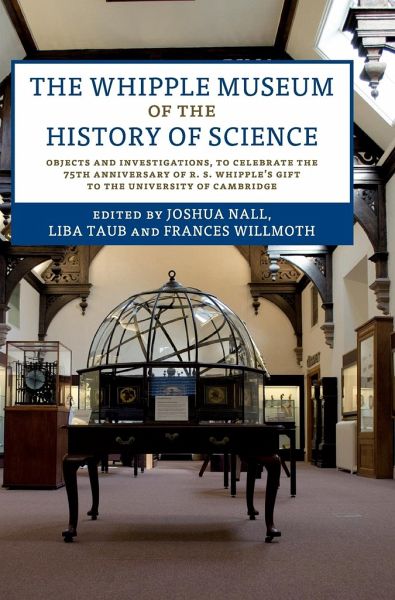
The Whipple Museum of the History of Science
Versandkostenfrei!
Versandfertig in 1-2 Wochen
126,99 €
inkl. MwSt.
Weitere Ausgaben:

PAYBACK Punkte
63 °P sammeln!
A window into cultures of scientific practice drawing on the collection of the Whipple Museum of the History of Science. This title is also available as Open Access on Cambridge Core.





